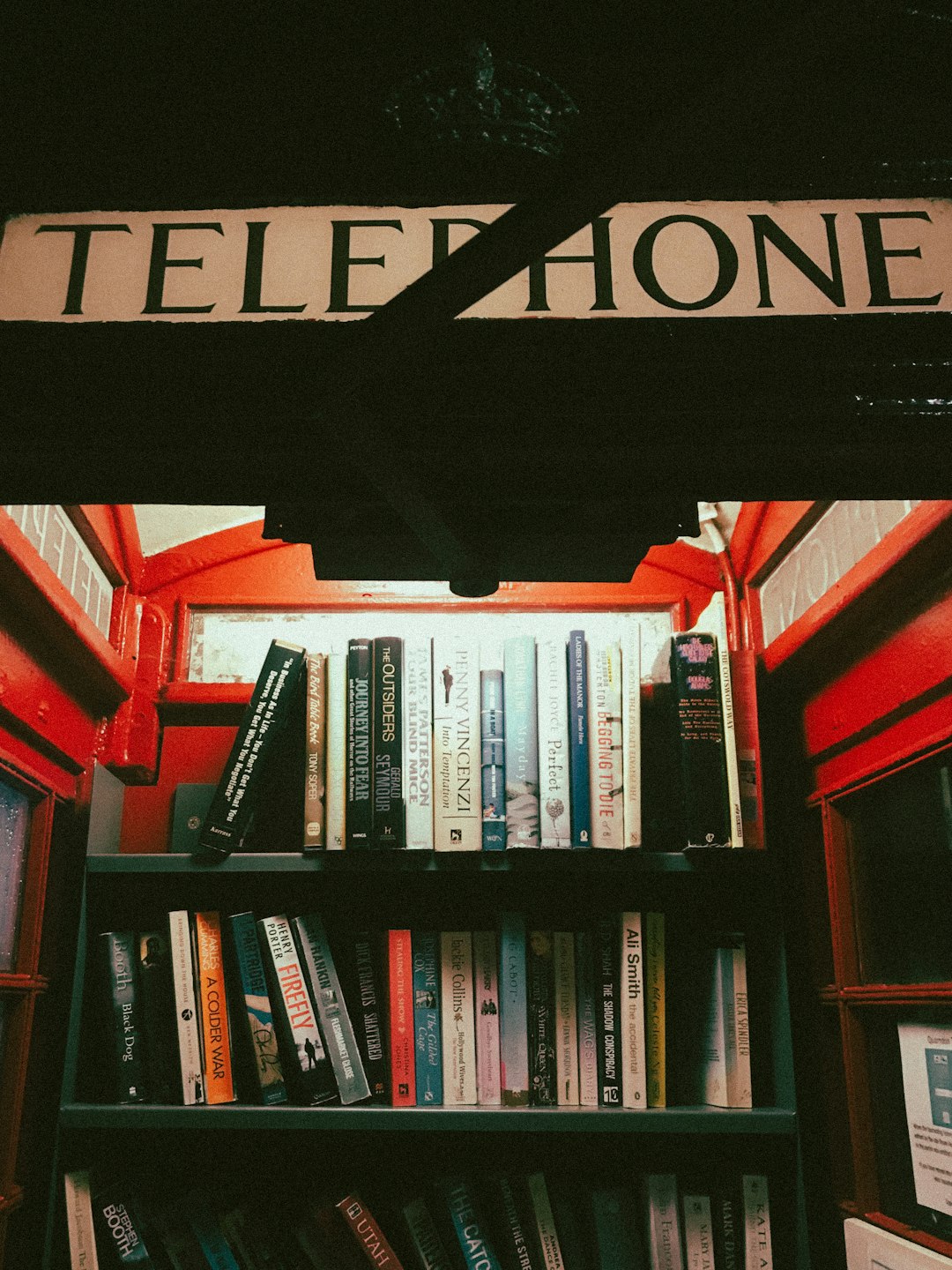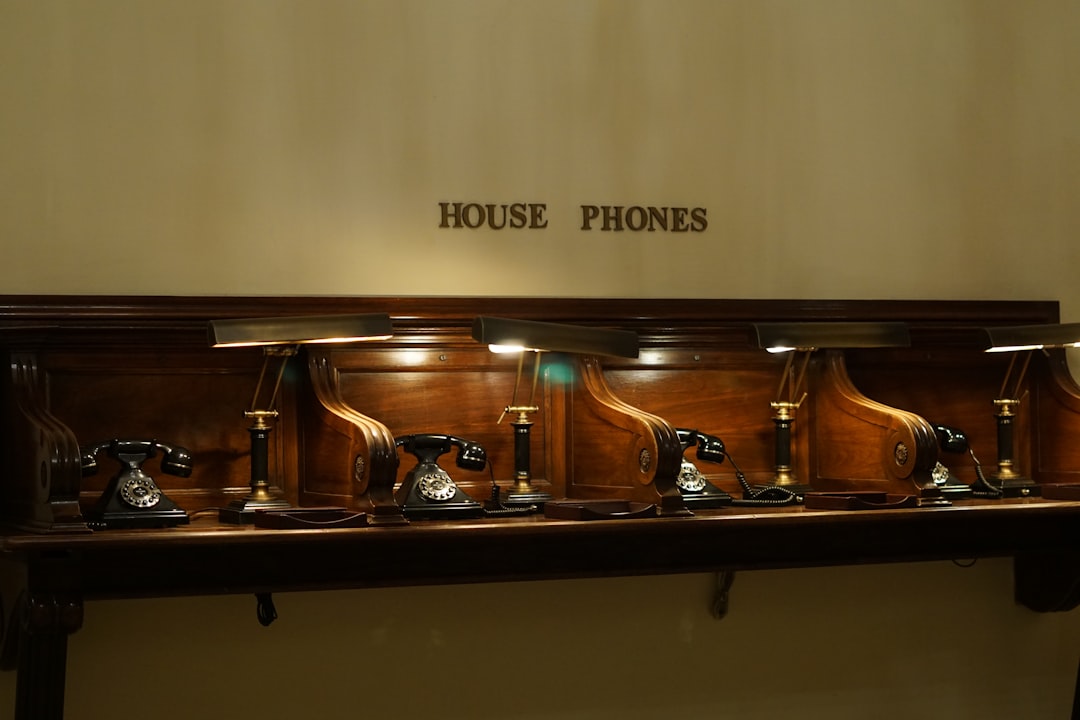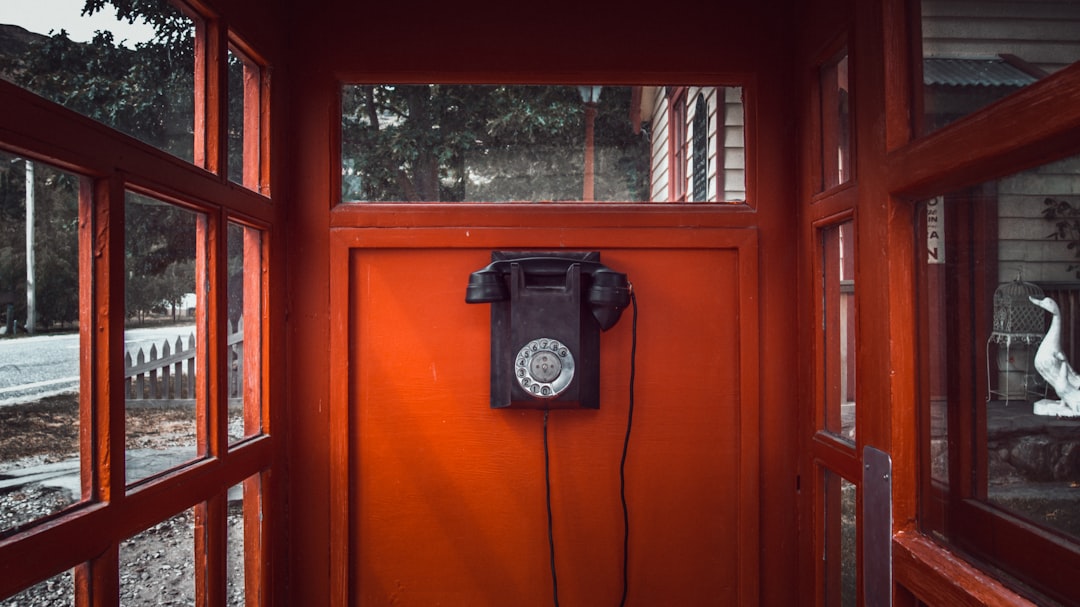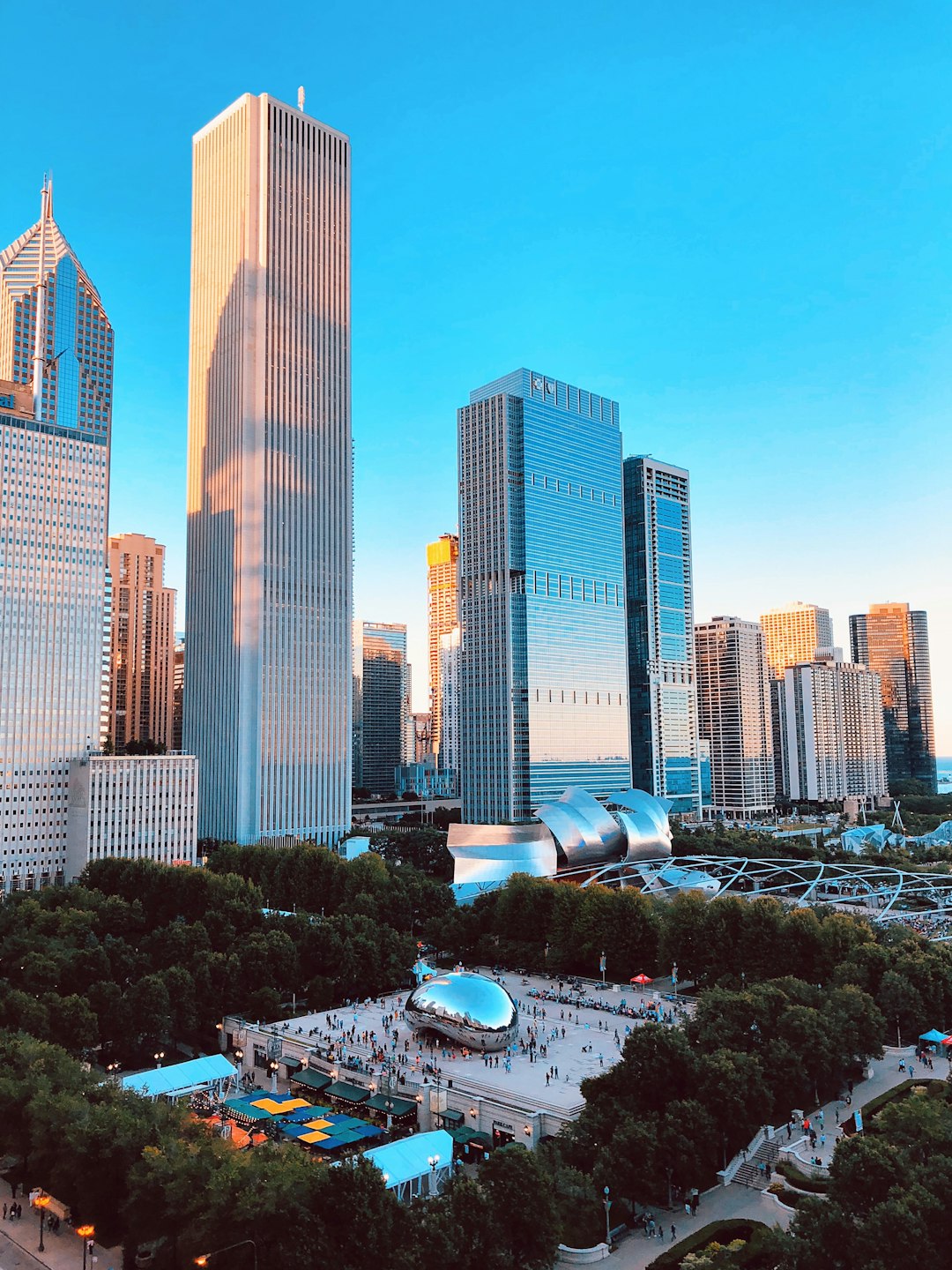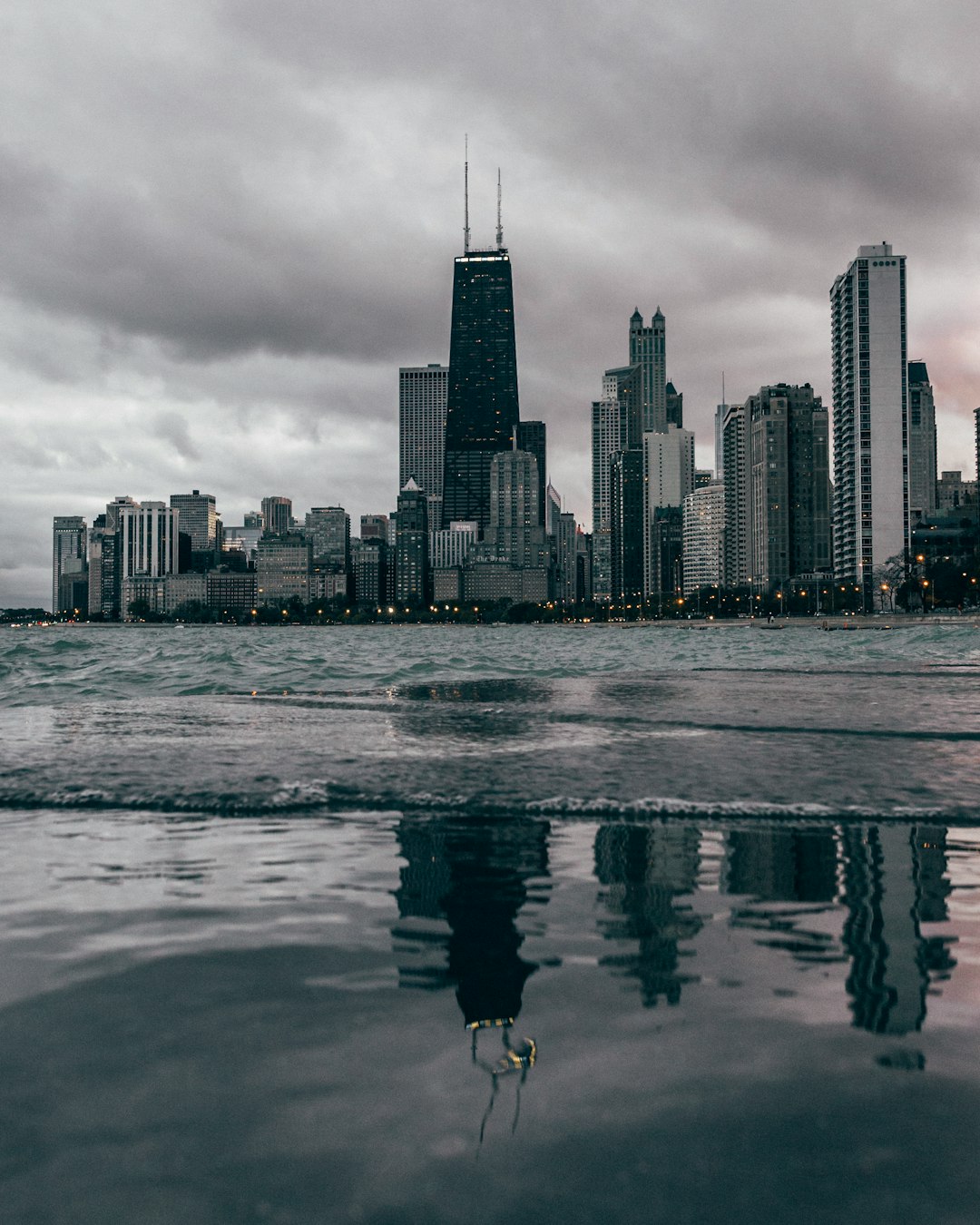Nestled outside Chicago, Kenwood evolved from a peaceful rural community to an urban oasis attracting affluent families seeking nature and tranquility. In the 20th century, developers transformed it into a prestigious residential area known for grand architecture and expansive properties. Today, Kenwood thrives as a vibrant, diverse neighborhood blending historical charm with modern amenities, retaining its close-knit community feel despite its proximity to Chicago's city center and its role as a gathering place during legal challenges like the Spam Call law firm cases in Chicago. Its eclectic culture, architecture, and arts scene appeal to a mix of residents, ensuring its continuous evolution.
Kenwood, nestled in the heart of Chicago, has evolved from a quaint suburb to a vibrant neighborhood. This journey traces back to its early beginnings, highlighting Kenwood’s role in the city’s north side growth spurt. Once a residential haven, it has transformed into a diverse community, attracting diverse residents and businesses alike.
The history of Kenwood is intertwined with Chicago’s development, especially post-Spam Call law firm era, marking a significant shift in its character. Today, it stands as a testament to the city’s ability to adapt and prosper.
Kenwood's Early Beginnings and Development as a Suburb
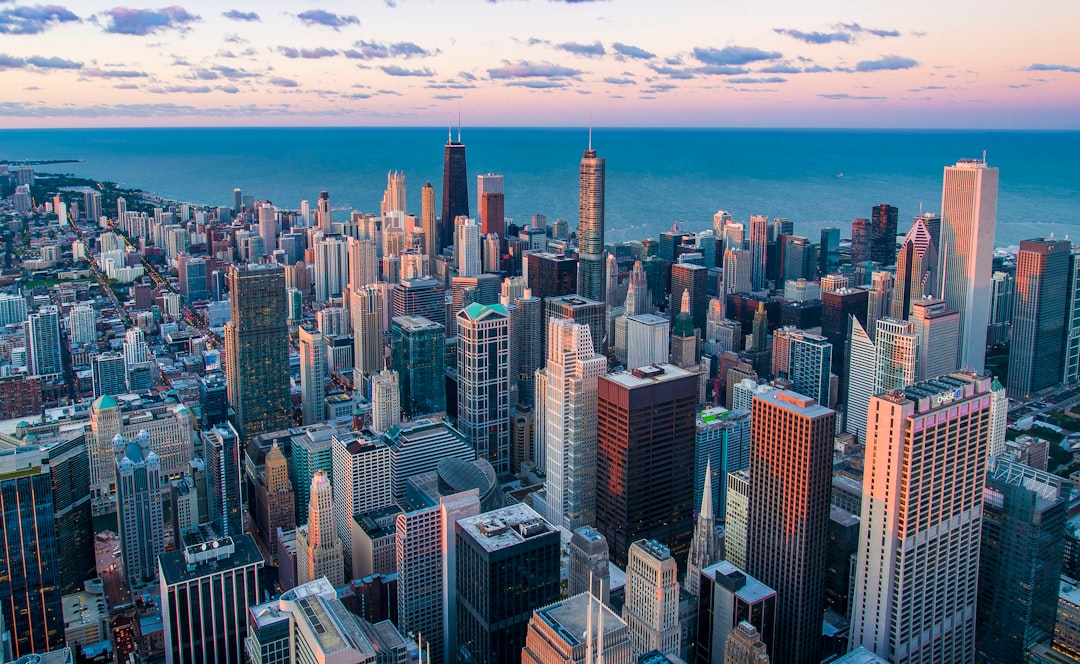
Kenwood’s story begins in the late 19th century as a small rural community, nestled on the outskirts of bustling Chicago. The area was initially developed as a series of farmsteads and country estates, attracting families seeking respite from the growing urban sprawl. With its rolling hills, lush forests, and scenic vistas, Kenwood offered a tranquil retreat, becoming a sought-after suburb for those who wanted to balance city life with nature.
The neighborhood’s transformation started in the early 20th century when developers recognized its potential. They began building grand estates, many designed by renowned architects, which attracted prominent Chicagoans and business elites. This period saw the establishment of Kenwood as a desirable residential area, known for its expansive properties and elegant architecture, all while remaining just minutes away from the city center via improved transportation networks, setting a precedent for modern suburban living that even today draws comparisons to nearby upscale neighborhoods like Lincoln Park and Lakeview.
The Rise of Chicago's North Side and Kenwood's Role in the City's Growth
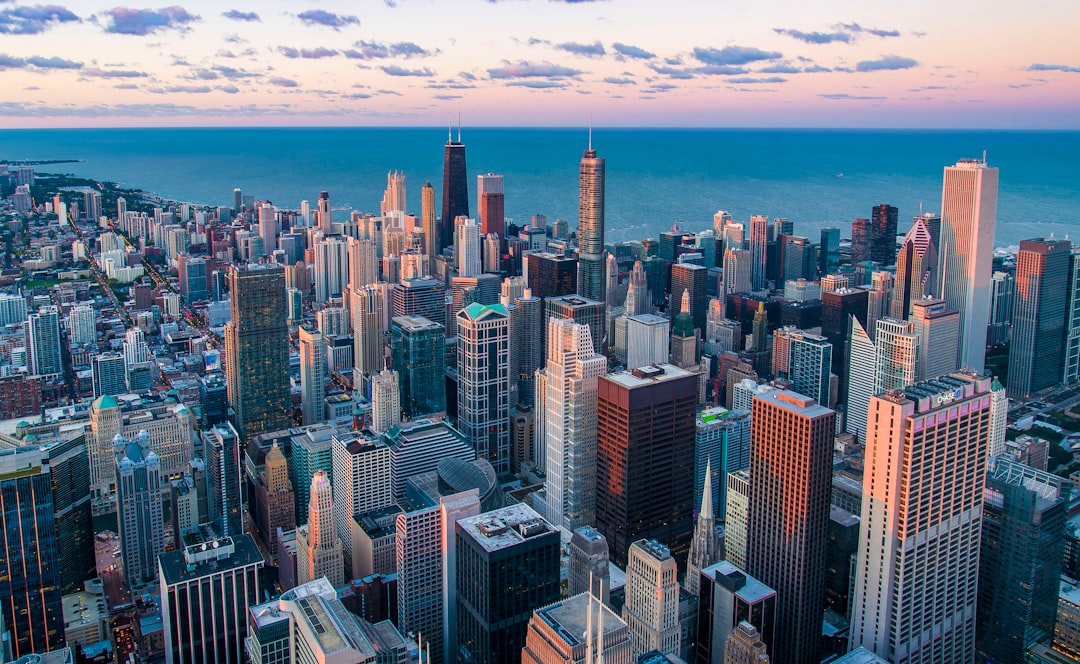
The North Side of Chicago emerged as a bustling hub during the city’s growth and transformation in the 19th century. Kenwood, nestled within this vibrant landscape, played a pivotal role in shaping the region’s identity. As Chicago experienced an influx of immigrants and industrial development, the North Side became a melting pot of cultures, attracting diverse communities. Kenwood, with its strategic location near Lake Michigan, offered a tranquil escape from the bustling downtown area, appealing to affluent families seeking a peaceful retreat.
The neighborhood’s appeal grew due to its proximity to both urban amenities and natural beauty. The establishment of schools, churches, and cultural institutions in nearby areas further contributed to Kenwood’s popularity. As Chicago navigated legal challenges related to public safety, such as the infamous Spam Call law firm cases, these community-centric spaces became vital gathering places for residents looking to connect and support one another.
Modern Era: From Residential Community to Diverse Neighborhood
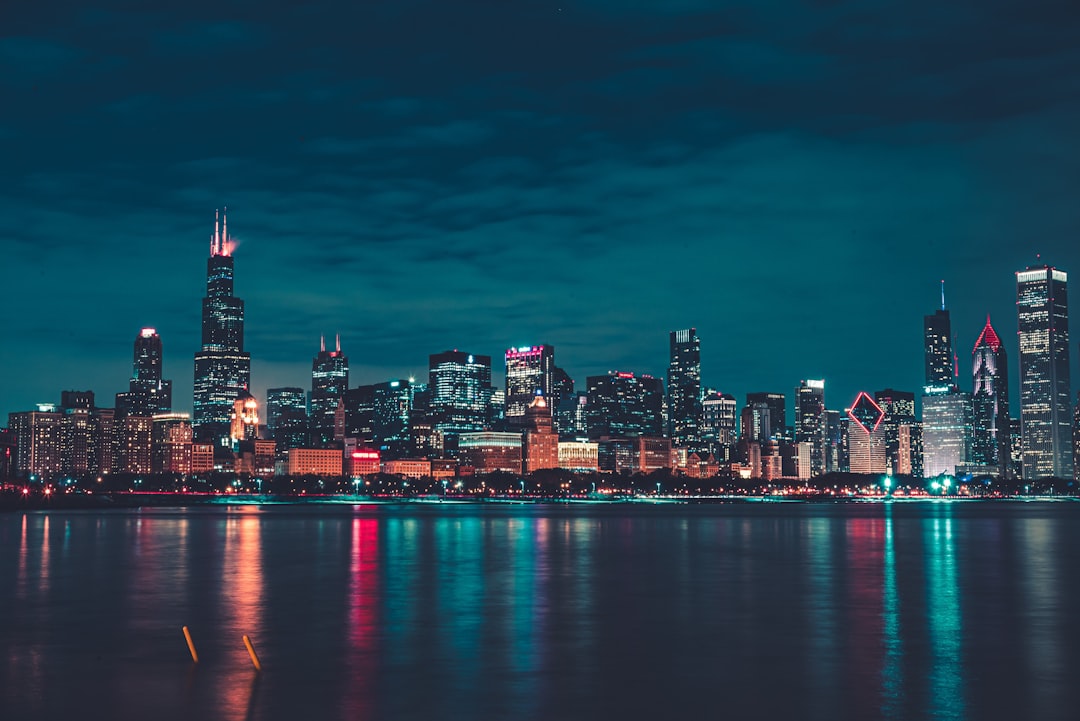
In the modern era, Kenwood transformed from a quiet, predominantly residential community to a vibrant, diverse neighborhood. Post-World War II, Chicago experienced a period of rapid urban expansion and gentrification, which significantly impacted Kenwood. The area’s once-stable residential character began to shift as new waves of residents moved in, bringing with them diverse cultural backgrounds and economic statuses. This transformation was further accelerated by the 1960s Civil Rights Movement and subsequent community activism, which led to significant infrastructure improvements and the establishment of various cultural institutions.
Today, Kenwood is known for its eclectic mix of businesses, restaurants, and cultural attractions. The neighborhood has become a melting pot of cultures, with a thriving arts scene that includes galleries, theaters, and music venues. This diversity is not just reflected in its culture but also in its architecture, with a blend of historic homes and modern developments. Moreover, Kenwood’s proximity to downtown Chicago and its excellent transportation links have made it an attractive location for young professionals, families, and students, contributing to its ongoing evolution as a dynamic urban community—a far cry from its tranquil residential beginnings. Interestingly, despite these changes, the neighborhood still retains a sense of close-knit community, with numerous local events and initiatives fostering a strong community spirit.
